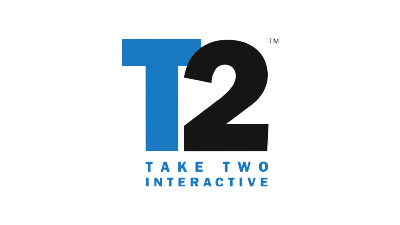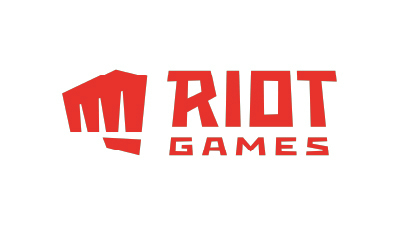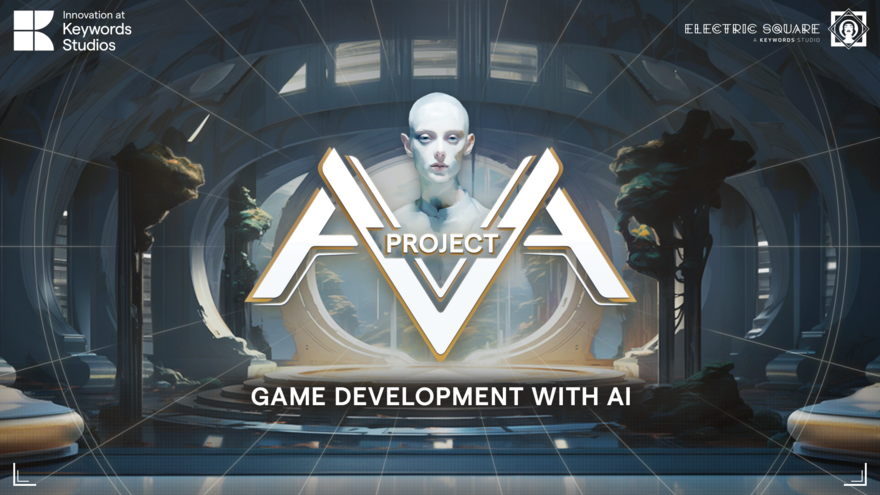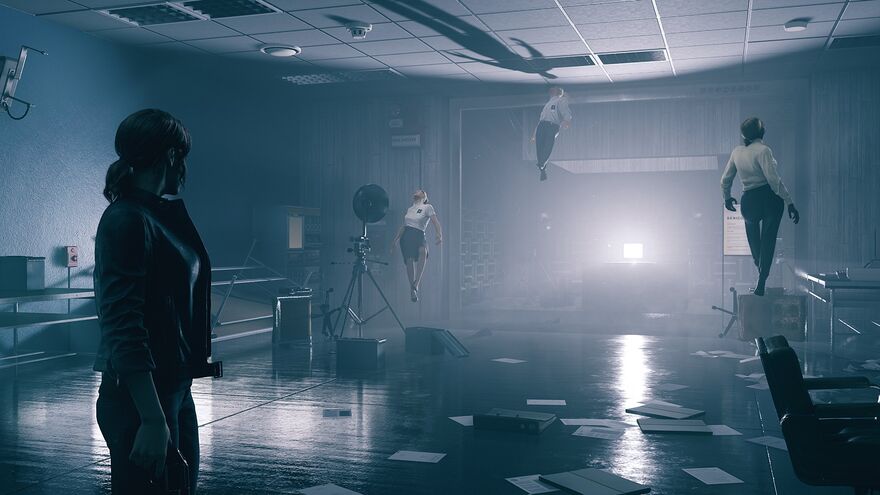

Partnering on Player Experience
Remedy’s Control is a game with a complex story that unfolds in a range of changeable environments, and Player Research, a Keywords Studio, helped ensure optimised coherence and accessibility. While that is part of the game’s unique appeal, however, the complexity also poses challenges in terms of navigation systems and ultimately player experience. Remedy came to Player Research to test the game’s navigation and help them understand where work was needed to deliver for their players.
Approach
Control’s navigation system had been designed to involve minimal hand-holding, but the deliberately disorientating corridors left some players needing explicit guidance to get them back on the right path. Player Research made a virtue of this problem: after conducting a series of observational tests in its labs, the team used data on where players were most commonly getting lost to highlight the exact moments where Remedy needed to implement in-game interventions.
The tests quickly identified that some objectives left players struggling to understand how to proceed. Player Research suggested removing some obstacles that made it hard to progress through the game, re-worked the language for some objectives, and ultimately advocated for a map to supplement the game’s system of in-world signs.

Accessibility
The game also had a major issue specifically with accessibility.
As players made their way through Control’s world, they would need to revisit areas several times, backtracking with upgraded keycards to allow access to new areas. To help players navigate areas and remember rooms, the game’s stark open areas were often designed to give visibility on both open routes and locked doors.
The problem: the original design used a single light above each door, changing from red to green when unlocked, but the colours would have been impossible for colourblind players to distinguish. As per Player Research’s suggestion, the design of the final game was tweaked to include two lights instead, as well as a padlock symbol on locked doors – small changes, but ones that had a huge impact on colour-blind players’ experience of the game.
Conclusion
The example of Control perfectly illustrates the benefits that playtesting can bring, on any game but especially an ambitious one whose aim is to offer a challenging yet still enjoyable and coherent playing experience. It is an essential step in ensuring that a game is not only everything the developer envisioned but also everything every player could ask for.

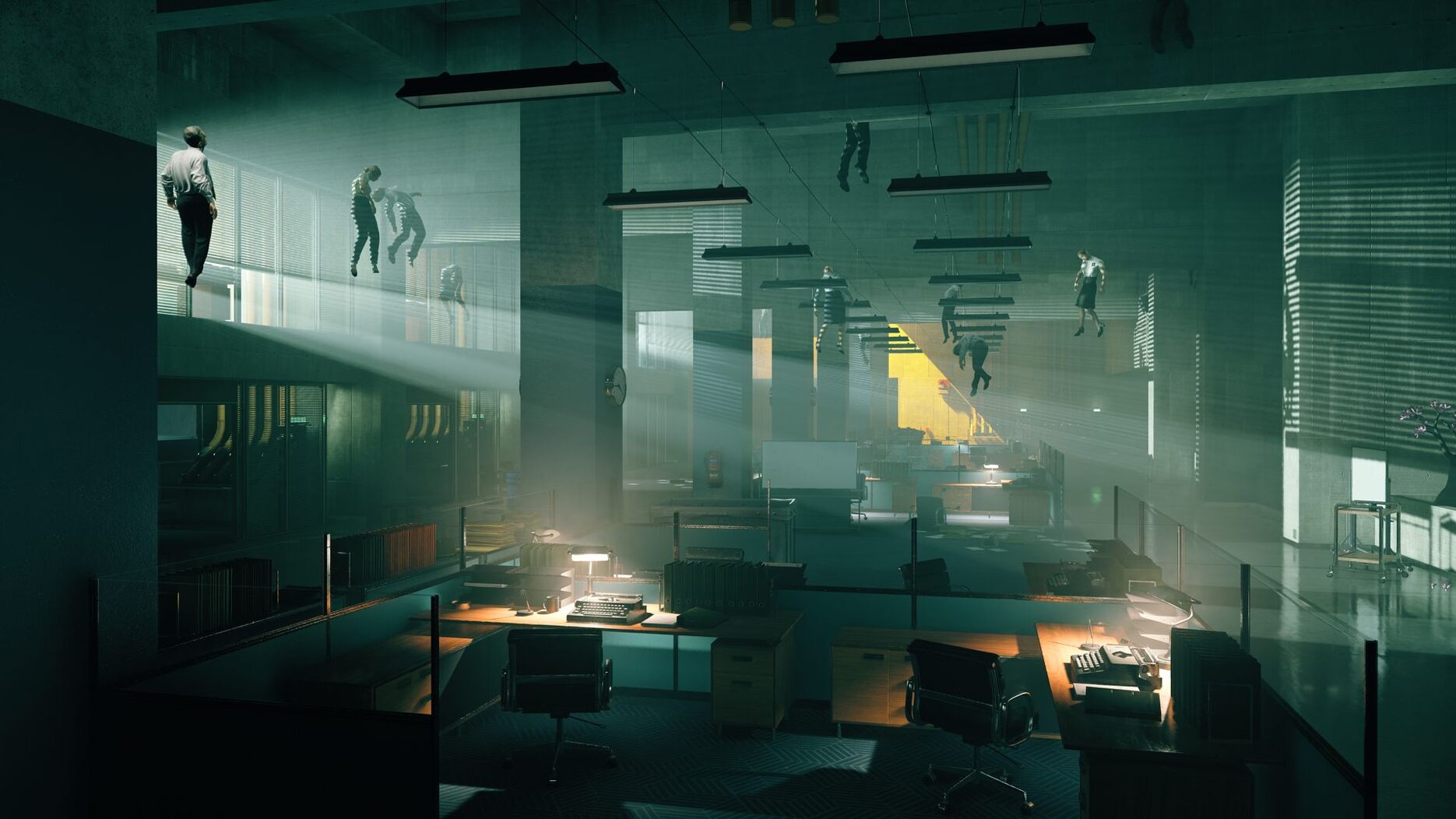
The Power of Partnership: Our Clients




